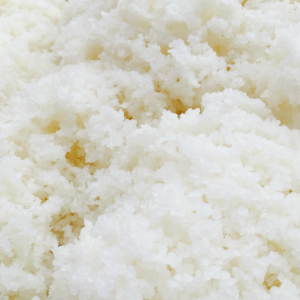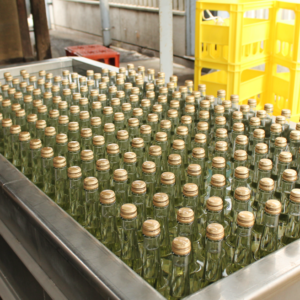
What is SMV?
Although most sake fans like nothing more than to compare and contrast sake varieties, most have a preference they ultimately gravitate to. From dry sake devotees to sweet sake aficionados, sake fans of all stripes need a system to find their favorite brews. This is where SMV comes into play.
SMV is an acronym of “Sake Meter Value,” which, in short, denotes whether a sake is sweet or dry by assigning it a negative or positive value. Generally speaking, the more negative the value, the sweeter the sake, and the more positive the value, the drier the sake.
How is SMV measured?
Sake is of course made from rice. During brewing, koji enzymes convert the starch from this rice into glucose, then yeasts convert the glucose into alcohol. Because glucose is an essential element in sake-making, there will always be some degree of sweetness in any given brew.
SMV is determined using a floating measurement device (the “meter” in “sake meter value”) that calculates the weight difference between heavy sugars and light alcohol to reveal the sugar content of a brew.
The more sugar a sake contains, the more negative the reading on the measurement device. Conversely, brews with less sugar will display positive values. This measurement is then simply taken from the device and slapped onto sake labels to indicate SMV.
Does SMV mean a sake is sweet or dry?
It would be fair to assume that a dry sake fan should choose a sake with a high positive value. But, this is not necessarily the case, as SMV may not directly correspond to sweetness on the palette.
The concept of SMV originated with sake producers, who measured sugar levels during brewing to assess the progress of fermentation. Yet sugar levels are not the only factor to affect sweetness. Rather, a drinker’s perception of sweetness is influenced by the overall balance of acidity, umami, bitterness, astringency, and all the other other flavor components in a sake. For this reason, SMV should only be taken as one indicator of flavor.
Citations of average SMV ranges vary depending on the literature, but, to give one example, the Society for Nada Sake Research identifies a median value of 0 to +5. Some sake varieties, however, warrant values as extreme as -60 or +20. Typically, a sake with this kind of high rating is aiming to differentiate itself by ramping up sweetness or dryness.
*We are sending you monthly updates and the information. Register here.





Comments